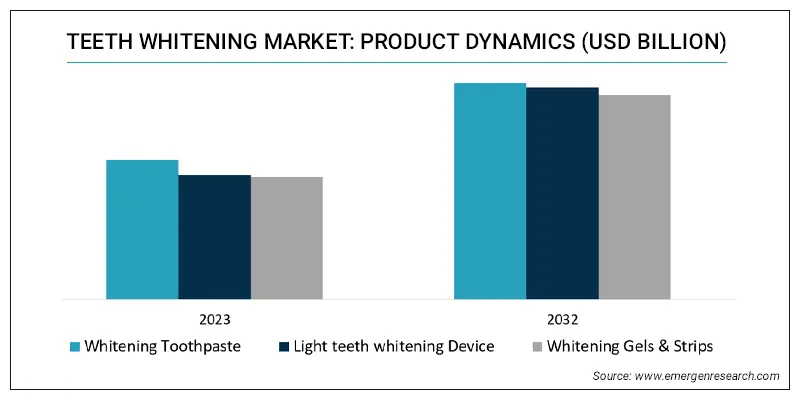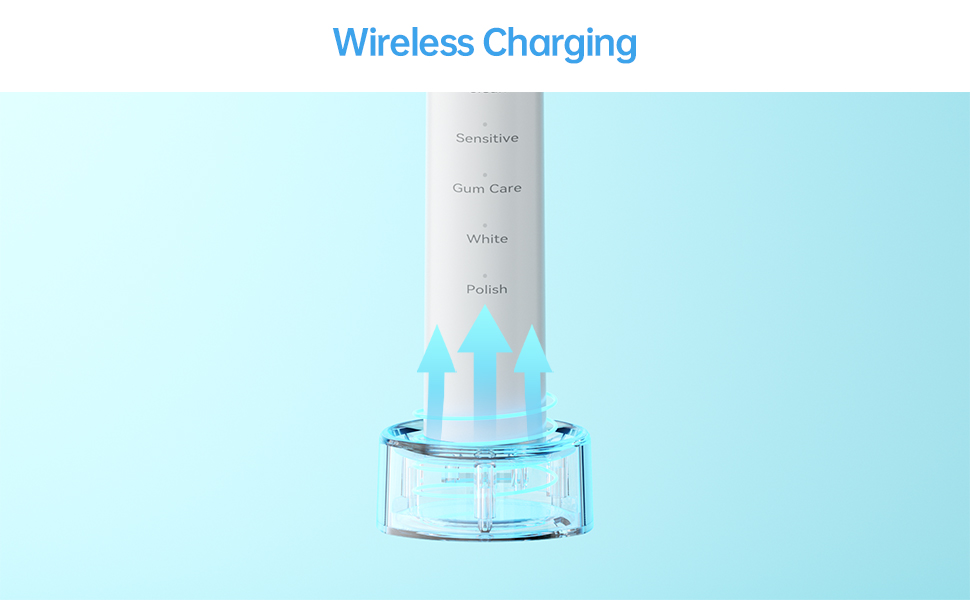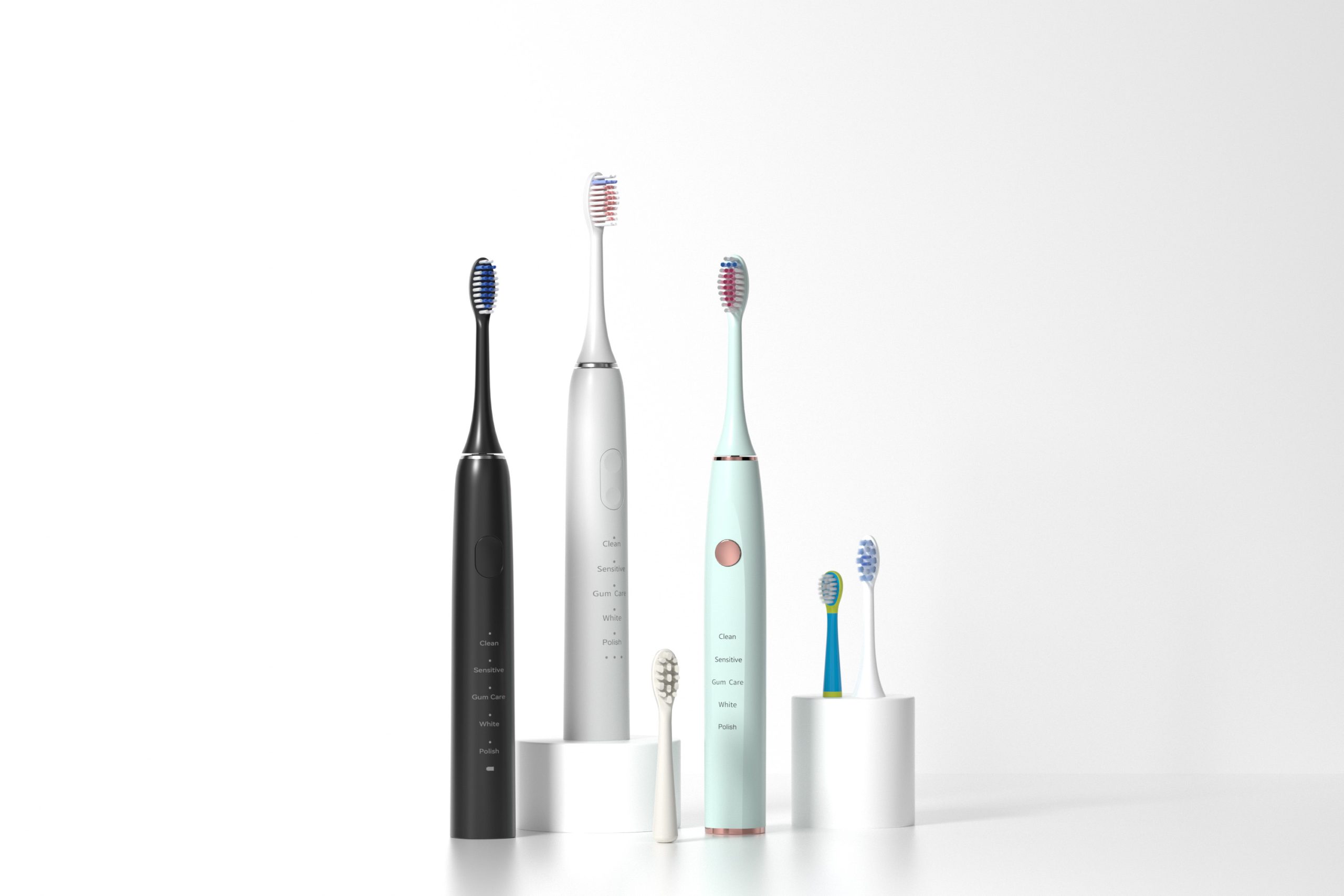In recent user feedback reports, unexpected adapter overheating and subsequent sinus discomfort have been observed, particularly in compact oral care devices like water flossers and electric toothbrushes. While at first glance these issues appear unrelated, closer technical analysis suggests potential connections between heat management failures and user health complaints. This raises a critical question for manufacturers: Is adapter overheating indirectly causing sinus discomfort?
Adapter overheating refers to excessive temperature buildup within the power adapter or charging module during device operation or charging. Contributing factors include:
Prolonged adapter overheating can elevate the surface temperature of oral care devices, which may pose user safety concerns.
Sinus discomfort in users often manifests as:
Possible causes include:
Importantly, consumers rarely associate such discomfort with electrical or thermal factors, highlighting an overlooked safety risk. Company web:https://www.powsmart.com/product/electric-toothbrush/
Yes — indirect pathways suggest a clear connection:
Thus, persistent adapter overheating could create localized heat exposure or air quality changes that impact nasal comfort during or after use.
.jpg)
-1024x1024.jpg)
Manufacturers should evaluate:
Neglecting these engineering aspects may expose end-users to unnoticed thermal hazards.
To prevent both adapter overheating and sinus discomfort, manufacturers should:
These improvements safeguard both device longevity and user comfort.
For B2B clients and partners:
By solving this hidden thermal flaw, manufacturers protect both their reputation and end-user health.
Is adapter overheating related to sinus discomfort? The answer, increasingly, is yes. Without proper thermal management, heat generated by adapters and power modules can manifest as localized discomfort, especially around sensitive sinus areas. For manufacturers, addressing this thermal-user interface represents not just an engineering upgrade but a strategic investment in safety and brand value. Contact us

Analysis of Teeth Whitening Device Market Trends: The Functions and Designs That Consumers Will Pay Most Attention to in 2025
Smart Timer Electric Toothbrush Bulk | High-Accuracy Brushing Timer for OEM Orders
.jpg)
What Methods Can Be Adopted in Increasing the Sales of Water Flossers?
.jpg)
What’s Next in Smart Toothbrush Technology for Advanced Dental Health Monitoring?
.jpg)
How Do I Dispose of My Electric Toothbrush Battery? An OEM Compliance Guide
.jpg)
Sonic toothbrush suppliers Los Angeles

What is the Difference Between a Factory with Its Own Motor Production Line and a Factory with Outsourced Motors?
USB rechargeable sonic toothbrush supplier

Electric Toothbrush Charging Dock OEM: Stylish and Functional Accessories
Sonic Toothbrush Innovations: Axial Clearance & Dynamic Balancing Explained
Filter Clogging Leading to Slow Charging?
Do Noisy Water Flossers Pose Aspiration Risk?
.jpg)
Can a custom Texas brush deliver a big Texas brush clean?
Electric toothbrush factory revealed: the key to efficient production and quality control

The Growing Potential of the Oral Care Business: Trends, Opportunities & Market Insights

Does POWSMART Sonic Brush OEM Pose Overheating Risks?

electric toothbrush heads Ultra Soft

electric toothbrush heads Deep Clean

Customization Teeth Whitening Gel

Electric toothbrush heads Charcoal Infused-Diamond

electric toothbrush heads Charcoal Infuse-Round

electric toothbrush heads Regular Clean

Private Label Whitening Gel
.jpg)
Florida Electric Toothbrush – Powsmart PTR-C8
whstapp
whstapp
National Toll-Free Service Hotline
+86 755 86238638